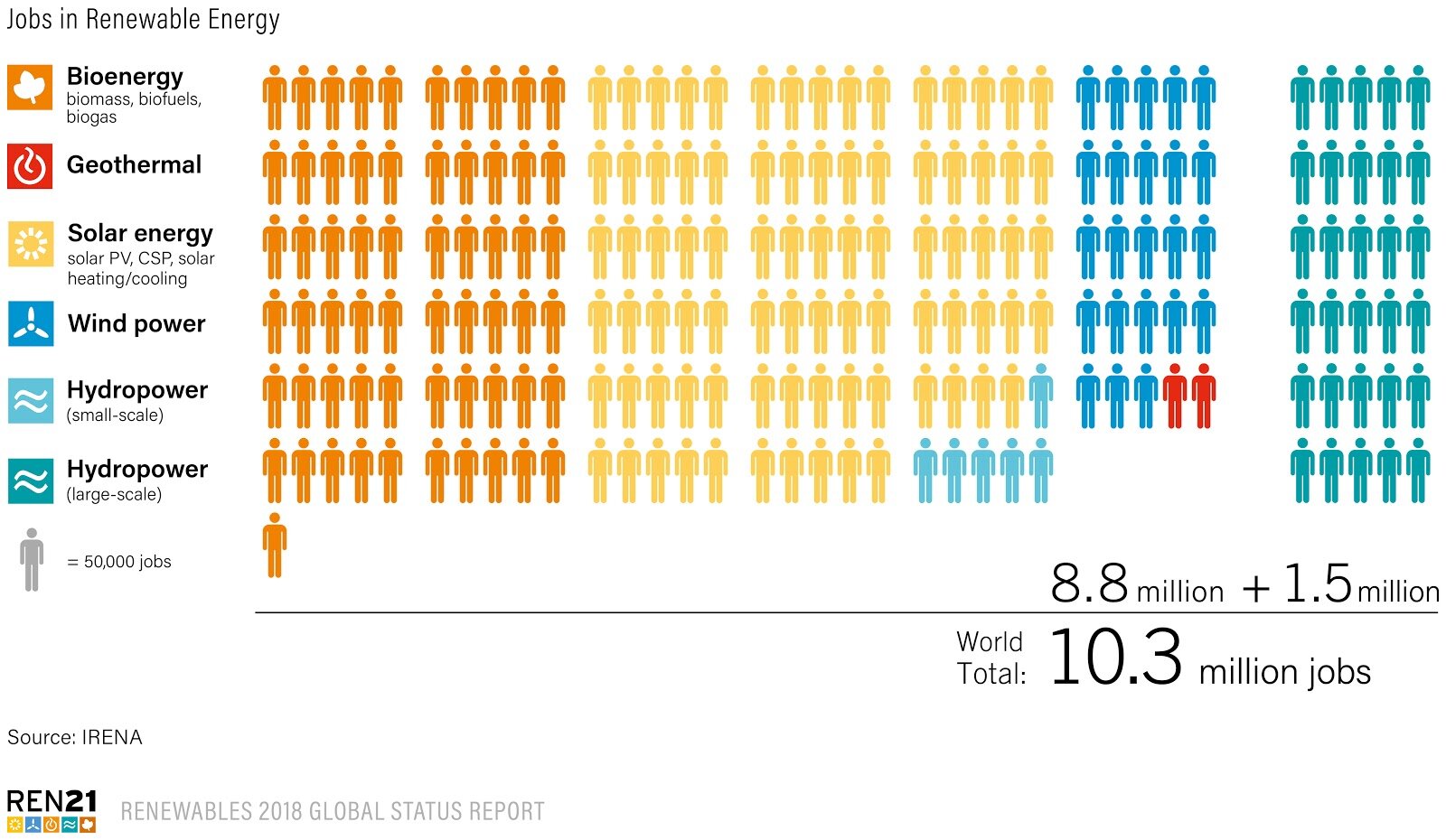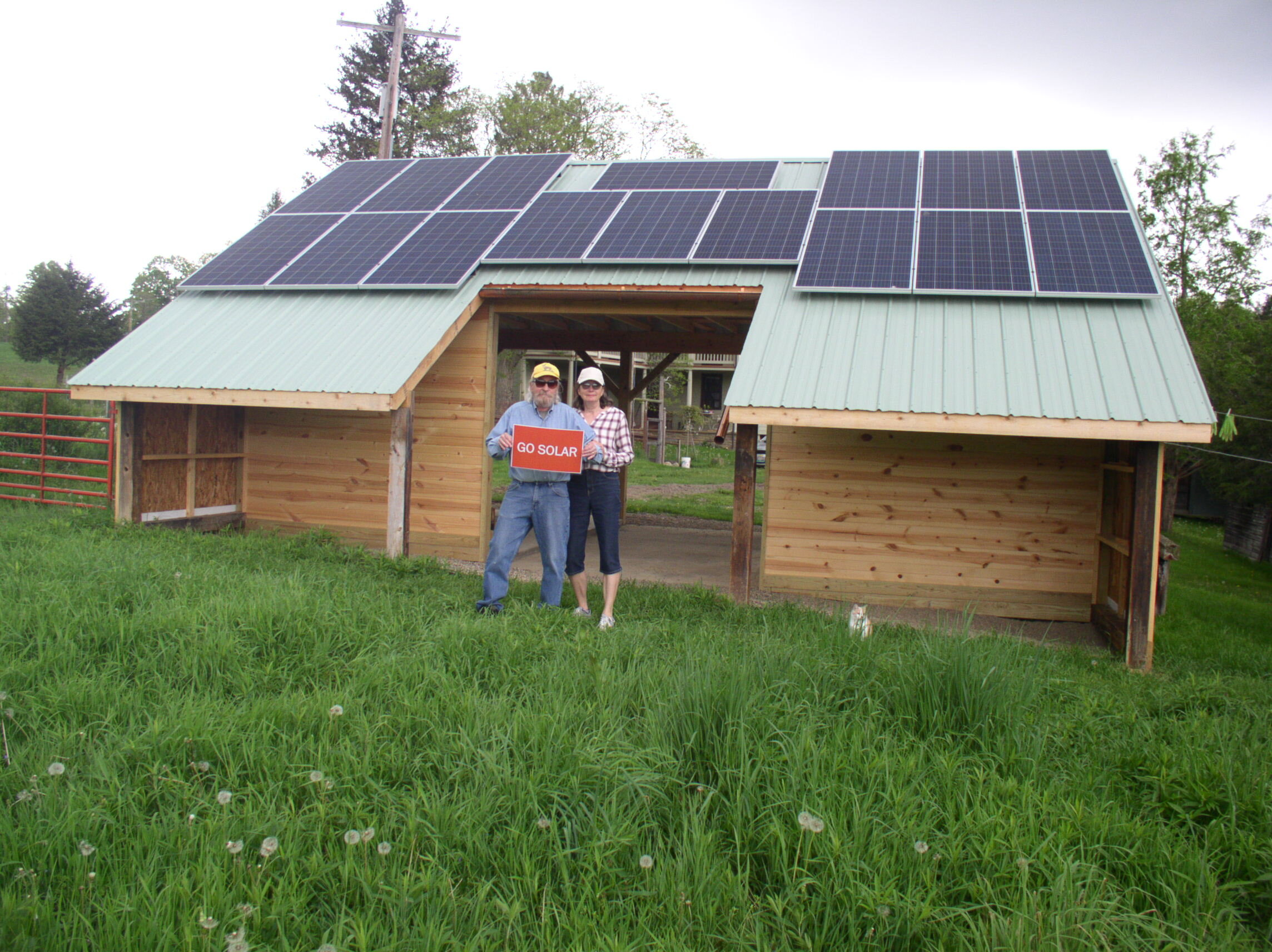
As mornings begin to get colder and the leaves are starting to change, we all know what is on its way, the infamous long and dreary southwestern Pennsylvania winter. I think that our tough winters make us appreciate the sunshine. There’s nothing like the feeling I get on a sunny day in March when I help my dad tap the maple trees in our backyard and I know the trees are waking back up with the sunshine returning. Pittsburgh is often ranked on par with Seattle with about 56% of days per year being cloudy. We all hear buzz about solar energy (specifically photovoltaic (PV) solar energy) – it could bring additional jobs to the region, it could help us save money and become more energy independent, it is cheaper than ever before – but is it even feasible in Pennsylvania? I was asking that question myself and after some research the answer I found is a resounding yes. Overall, other cloudy regions have had a huge amount of success with solar energy, new technology continues to improve cost and efficiency, solar energy could bring more well-paying jobs to the area, and there are various incentives and methods to help PA residents move toward solar energy.
In Berlin, Germany about 60% of days per year are cloudy, and yet the country has seen its strongest growth in half a decade in 2018 and accounts for about 25% of the world’s solar output. While solar panels might not be as efficient in cloudy weather, they will still produce power as long as it is daytime and nothing (like a tree) is physically blocking the sunlight. Sometimes PV panels can be even more efficient in partly cloudy weather compared to the blazing sun because the clouds are reflecting some of the sunlight. According to the Environmental and Energy Study Institute, even in partly cloudy weather, solar cells can still operate at 80% of their maximum output. Plus, with a battery-based solar storage system, you can save your excess energy from a sunny day for a cloudy day. This is an extra expense of a solar system, but they are becoming increasingly affordable as technology improves and solar becomes more popular. In rural areas, solar energy along with a battery system can present a great opportunity to be energy independent. It can also be used to power an electric vehicle – and that means no more high gas prices. New technology will continue to make photo-voltaic panels continuously more efficient, adaptable, and affordable.
One of the issues with the price of fossil fuels is that it doesn’t take into account the true cost of the fuel such as pollution and environmental degradation. But unlike fossil fuels, solar energy is a technology and not a fuel (the sun is a free and endless fuel!) so it will become cheaper and cheaper as the technology continues to develop and become more mainstream. The price of solar energy has dropped 32% in just the last 5 years in Pennsylvania. According to Solar Power Rocks, between tax credits and energy savings a residential solar system in Pennsylvania would pay for itself in just 11 years, and would see a total net profit of $21,369 before the end of your panels’ 25-year warranty. The internal rate of return on investment for a solar array would then be 10.1%. So, solar arrays can be a solid investment for a consumer.

Image: REN21, 2018, Renewables 2018 Global Status Report, REN21 Secretariat
One important point is that while solar energy itself if completely sustainable, clean, and emission free – the making of PV cells and panels requires resources and energy. This is a new industry and it needs to be properly regulated and held accountable to be as sustainable as possible. The hope is that PV cells can be recycled in the future, but there aren’t enough PV cells for that to be a viable option yet. As solar energy use increases, this is an important issue that still needs to be addressed. It certainly isn’t a perfect technology.
As solar energy becomes more affordable and demand grows, that means more jobs. Between 2007 and 2017 there was a 5000% increase in the amount of gigawatts of solar PV installed around the world. The renewable energy sector employed, directly and indirectly, approximately 10.3 million people worldwide in 2017 (see figure below). According to the Bureau of Labor Statistics, in the US solar PV installers are expected to be the single-fastest growing occupation through 2026. These are safe, well paying, blue collar jobs that our area desperately needs. Clean and affordable energy, increased energy independence, and more American jobs – it’s a win-win-win.

Solar owners in southwestern PA
While better policy and corporate buy-in will greatly help to increase solar use in the US, individual homeowners can take their energy futures into their own hands by having solar arrays on their properties. The federal government and state governments offer incentives for homeowners looking to go solar. The Solar Investment Tax Credit (ITC) gives you a 30% federal tax credit on the entire cost of the system. However, in 2020, this tax credit will drop to 26%, in 2021 it will drop to 22%, and after 2021 the tax credit for residential solar ends. Pennsylvania is one of the few states that offers a performance-based incentive for residential solar owners. This program, the Pennsylvania Solar Renewable Energy Credit (SREC), is based on the fact that Pennsylvania requires its utilities to produce 18 percent of their electricity from renewable resources in 2021. Basically, homeowners can sell the power they produce as SRECs and can earn additional income from the solar array. According to Solar Power Rocks, “You’ll get one each time your system produces a megawatt-hour (MWh) of electricity, and our example 5-kW will earn you about 5.5 SRECs each year. You can sell your SRECs to the utility company for an average of $39 a piece, putting an estimated $215 in your pocket.”
One innovative way for homeowners to go solar in a cost-effective manner is through a solar co-op. According to Solar United Neighbors, “A solar co-op is a group of homeowners in a defined geographic area who use their combined purchasing power to ensure they receive the most competitive solar installation.” Basically, if a bunch of people want solar in a local area, it is cheaper for the installer and cheaper for the consumer to sort of “buy it in bulk”. At this moment, there are three co-ops open to new participants in the Pittsburgh area but new ones can always be started.
In 1931 Thomas Edison said:
We are like tenant farmers chopping down the fence around our house for fuel when we should be using Nature’s inexhaustible sources of energy — sun, wind and tide… I’d put my money on the sun and solar energy. What a source of power! I hope we don’t have to wait until oil and coal run out before we tackle that.
Let’s take advantage of this clean, free, and endless source of power we have to bring jobs, prosperity, and self-sufficiency to Appalachia. I am well aware that the actual logistics of going solar from loans to tax credits to battery storage can all be really daunting. At the Greene County Solar Festival on September 28th, 2019, there were great opportunities to talk to solar vendors one on one and attend various panels about solar energy logistics. We are by no means experts on solar energy, but send us an email at info@centerforcoalfieldjustice.org and we’d love to connect you to people who are.
More information:
